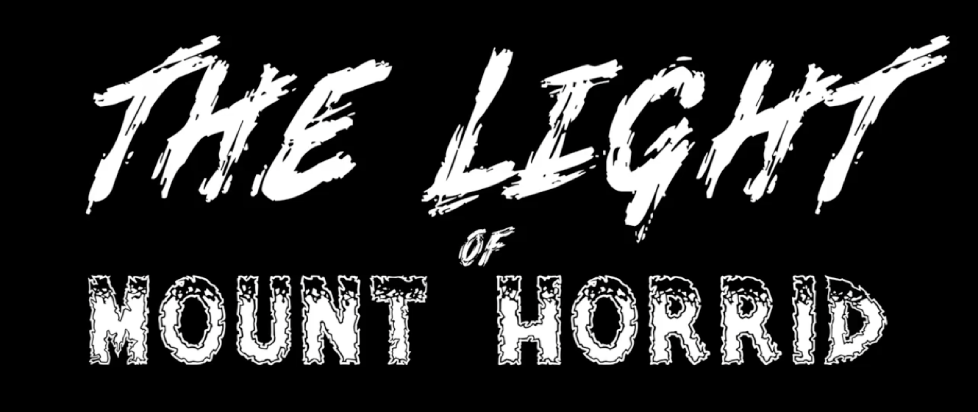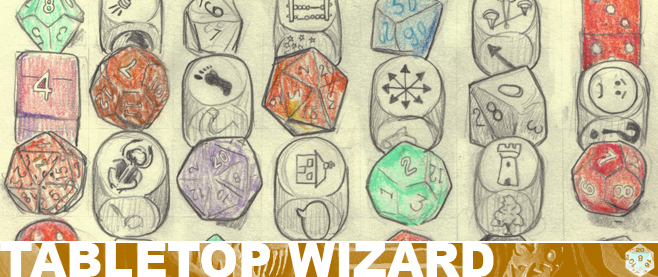
Rolling The Light of Mount Horrid to Life
For millennia, in that canyon between the development of language and way to replicate and store the written word, making stories was a collaborative effort. We still do this, whether it’s bubbler gossip or camp stories or even group threads, but we get our tales delivered in all sorts of ways and flavors. Technology has made our capacity for collaboration limitless, but the internet also often creates a false sense of community in isolation. Whether it’s the one-sided nature of parasocial relationships or just the ease with which a person can dedicate an entire interest down on a single genre, form, or way of thought, writing can become paradoxically solitary.
I’m not here to decry productive seclusion, I did go to poetry school after all. In fact, it was at that school where I met many a poet and writer, people I’d work alongside in merry and mutual silent contemplation, but also enjoy readings, discussions, and spontaneous plans and projects. These beautiful weirdos rekindled a love of raw creativity for me in all forms, including writing about games and a deep need to finally play some roles and toss dice.

Despite great efforts on my part, high school and undergrad did not realize any grand campaigns or even single sessions of Dungeons & Dragons, advanced or otherwise. I bought novels and sourcebooks, collected cards and tried to get into the gold box computer games, but the generations of older kids who might have lead me down the path were fully engaged in burnout behavior by the time I got around them. Later, with other poets equally enamored with this game we’d only danced around before, my interest was rekindled, though we were busy with grad school at the time.
One such poet was Ben Pease, a writer of grand scope, wit, and warmth who’s as comfortable talking verse as he is sports or videogames. Ben and his wife, the towering poet Bianca Stone, live and work in Vermont on many things, not the least of which is the Ruth Stone House, a rebuilt home that hosts visiting writers, workshops, book-making, readings, and so much more. Given the bright light they’re shining on creative writing in its myriad forms, it was only a matter of time before Ben’s interest in D&D intersected with his poetic pursuits, resulting in a new publishing arm of Ruth Stone House called Ghost in the Forest Games, and his fifth edition module on Kickstarter, The Light of Mount Horrid.
More than just a mere adventure, Ben’s tapping into the memory of the Ruth Stone House to enable a space where epic fantasy and poetry can converge. From page one the lore of Mount Horrid is spelled out clearly and deliciously, unflinching in welding together escapades and caesura. Players are not only encouraged to read and analyze poems for clues in solving the various mysteries and characters of the Little House and the Big House, but are warned that the very lives of their characters may depend how they interact with the work of various characters, moments, and mysteries throughout the module.

It’s hard to say much more without getting into spoilers, but forgive my many layers of bias as I shout from the rooftops about The Light of Mount Horrid. One doesn’t have to be an English major to appreciate this chapbook, as it’s a celebration of poetry and unbridled role-playing creativity that doesn’t get lost in the weeds. The poems within have specific utility to the plot but players are also encouraged to interact as they see fit, read and enjoy the poems beyond their printed usage as well. With stunning illustrations by John Brodowski showing off some charming literary creatures and equipment that sits comfortably next to the best of Dungeon Crawl Classics, this is a rock-solid module that reinforces the delights found in literary analysis while also weaving a unique and delightful tale that plays on the best parts of classic eldritch mysteries and map spelunking.
Don’t mistake me, I love some meat-and-potatoes swords and sorcery. But as role-playing thrives, it does well to unlock inspiration beyond its tried and true gates while reaching down towards those roots of communal storytelling, recitation, and sharing. Ben’s doing that and more with The Light of Mount Horrid, and with luck he’ll find a lot of folks who’ll agree and kick in.
———
Levi Rubeck is a critic and poet currently living in the Boston area. Check his links at levirubeck.com.





